diaper rash on penis
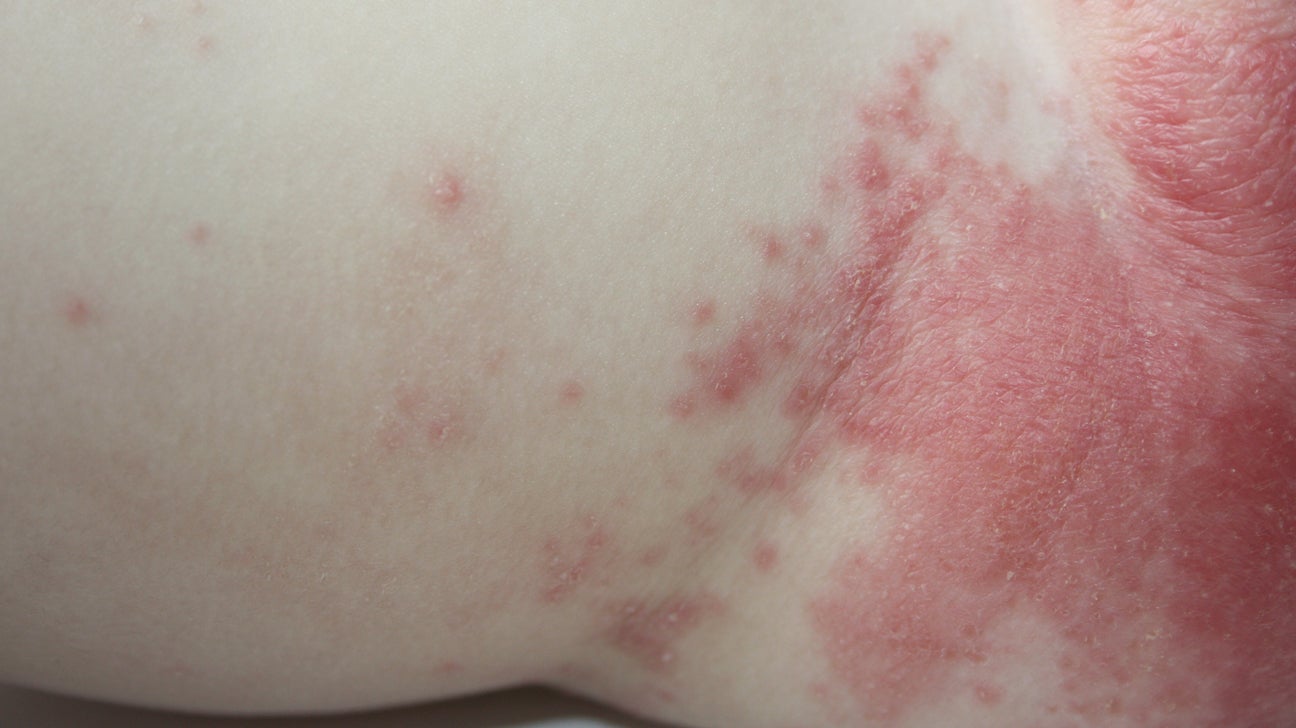 Different Types of Diaper Rash: Pictures, Causes, and Treatment
Different Types of Diaper Rash: Pictures, Causes, and TreatmentLoading, a moment... How to recognize and treat different types of diaper meshWe include products that we believe are useful to our readers. If you buy through links on this page, we can win a small commission. Is your baby's bum beyond anger these days? If you're between months old, you're likely to have a diaper rash. And—take a deep breath—it's nothing you've done wrong. At least this age has had a diaper eruption at least once in the last two months. The diaper rashes can come suddenly and make you and your little boy miserable. They can also be annoying and difficult to heal, letting it feel quite impotent. The key to effective treatment is to understand what kind of rash your baby has. That's right: there are several of these monsters you can find. Don't worry, however, we have you covered, from A+ identification to zinc oxide creams. Your baby's skin takes care of a diaper. You're busy changing all the piss and poop, but your baby's bottom is literally peeing on it all day. Not only that, but if you add to rubbing and chasing as your baby moves and grooves, you can see how things can get bad, and fast. Poor thing! The rashes caused by irritants — urine and feces — are the type doctors that are seen in the test table. They may look red and shiny. The area may even feel warm to the touch. This type of eruption focuses on genitals, buttocks, thighs and stomach, but is not usually found in the folds or folds of the skin between these areas. And beware of acid poop Yes, acid poop. Diaper rashes can increase when your baby starts eating solid foods. When certain foods are removed from the body, they can make the caca particularly irritating. Eating food can also make your baby poop more often, leading to more rashes. And if you are breast-feeding, keep an eye on your diet as well. Some people feel that certain foods they eat bother the bottom of their baby. Treatment You can treat most of the rashes caused by irritation with creams and free selling ointments. Look for creams with zinc oxide or ointments with a thick gasoline base that can protect the skin while healthy. If the rash is particularly severe, you may need prescription cream to help clear it. Shop for diaper eruption and online. Prevention Preventing this type of rash is all about keeping the baby's skin happy. Related: Candida — more commonly known as yeast — eruptions have a deep red color. They are presented as patches or plates within the diaper area, in the folds and folds of the thighs, and even outside the diaper area. There may be red spots just outside the main reddish zone. Babies can also have a white or yellow discharge from the vagina and the picor. Babies may have climbing or redness in the penis. If you suspect yeast, take a look if your baby's mouth is too. They may have, which is a yeast infection in the mouth. This type of rash can occur when the baby is taking antibiotics for a disease. Breastfeeding mothers can even after taking medication. Treatment Some people have had good luck with OTC antifungal creams. But you'll probably need to make an appointment with your pediatrician, who will probably prescribe some kind of antifungal ointment or yeast infection cream. Sometimes oral antifungal drugs are needed, but their topical or ointment creams usually do the trick. PreventionThe diaper eruptions in the northeast are common. They are not always related to the use of antibiotics, so they are difficult to prevent, so it is best to simply follow healthy healing practices. Research on the use of probiotics in babies is thin, but you might consider asking your pediatrician about giving your baby probiotics while on antibiotics. Probiotics can stimulate good intestinal bacteria to help keep yeast at bay. Related: Although not common, your baby might be allergic to something in your diaper or wipes. With a repeat exposure, they can end with an unpleasant eruption. Can't you point anything new in your routine? Note that allergic reactions can take between appearing after the first exposure. The diaper eruptions caused by the allergic reaction are red, shiny and may appear in large areas, in the genitals, buttocks, abdomen, thighs, and in the folds. Basically, you will see it anywhere and everywhere diapers and touch wipes or where other products are applied. Treatment Your baby's rash will not be cleared until you discover what they are allergic. Even then, you can take between after you remove the allergen so the rash is cleared. OTC diaper creams can help with symptoms. Try formulas for that are fragrance free and hypoallergenic. You may want to talk to your doctor about prescription drugs if the rash is particularly severe. Prevention You'll need to find out what's causing the reaction. Try to look at every step in your diaper routine individually. Shop for , , and online. Maybe the baby has a skin infection down there. What begins as a small area of infection can spread quickly in the wet and warm conditions under the diaper. The most common culprits are the A Streptococcus group and the Staphylococcus aureus bacteria. Bacterial infections can get serious if they are not treated quickly. So you'll need your pediatrician's help. Find other worrying symptoms, including 100.4 °F (38°C) or higher fever, bleeding, crying or pustules, or lethargy. Treatment This type of rash cannot be treated with OTC creams. Instead, make an appointment with your doctor to get prescription antibiotics, such as amoxicillin and penicillin. Infections, such as strep, tend to repeat, so it's a good idea to make a follow-up appointment too. PreventionInfections cannot always be prevented, but one eye can be kept out of early signs so that the infection does not become severe. Infections can also be more likely if there is persistent irritation, such as small cuts or scratches, inside and around the diaper area. Wash the area gently and dry so do not accidentally scratch or cut your baby's delicate skin. Be sure to treat other types of diaper eruptions, as they have the potential to convert bacterial while the longer the skin is damaged. Related: There are several other problems that can affect your child's skin and cause a rash. If your child's condition seems durable, your best bet may be to get a referral from your pediatrician to a dermatologist who specializes in the skin of children. EczemaThis may seem like a normal diaper eruption at first, but it can become purple and crispy. Sometimes you can see blisters or crying. Eczema is usually dry and itching. Although occasionally causes diaper eruption, it is more common in other parts of the body. It can often be given by bathing and moisturizing with mild soap and creams or ointments. Avoiding irritation is important, which means you want to use products without fragrance, diapers and wipes. Keeping the breath of the skin and the fresh is also useful. Your doctor may prescribe medication ointments or bleach baths. Many infants and young children exceed their eczema at the time they are. PsoriasisThis may seem very close to a diaper rash or yeast infection. Doctors often misdiagnose the condition at first. Even if you see a pediatric dermatologist, it may be difficult to distinguish between eczema and psoriasis in babies. The good news is that the treatment course is similar for both conditions. You will want to keep your skin happy using soft products and consider using prescription ointments. Seborreic Dermatitis This can cause diaper rashes and impact the skin in other parts of the body, such as scalp, face and neck. While this type of rash is red, you can also see yellow or oily patches under the diaper and in the skin folds. Treatment involves topical medications. Even though doctors don't know what's causing, there's good news. Seborreic dermatitis tends to disappear on its own when your baby reaches age. ImpetigoImpetigo is a contagious skin infection caused by the same bacteria (group A Streptococcus and Staphylococcus aureus) that causes general bacterial dermatitis. I impetigo, however, seems to be sores instead of an eruption. These injuries can be broken and ooze in different parts of the body. They usually focus on the nose, mouth, hands and feet, but they can also be found in the diaper area or anywhere else that has been exposed. Treatment requires topical or oral antibiotics to heal. Until your child has treatment for 24 hours, they can pass the infection to others. Rash heat This type of rash is composed of small blows. In fact, sometimes it's called a " penis heat" for this reason. It happens when the skin, anywhere in the body, is hot and cannot breathe. In the diaper area, you can see particularly in the folds. The sweat ends by blocking the pores and creating redness, blows and itching. Thick creams and ointments can make things worse. Therefore, if you suspect that the heat chills, do not slap in diaper creams. Treatment involves cooling the area and promoting a good flow of air. Related: Your best friend can swear that changing cloth diapers helped her children with rashes. Or maybe you've read the opposite is true when sailing around baby forums. (All the advice you receive in the first year may surely be confusing!) What do experts say? Well, we have to suggest that any guy is better. Instead, you need to choose what works best for your family and your budget. This simply means finding a diaper brand that does not irritate (if it makes it disposable) and finding a laundry soap that does not irritate (if you use fabric). Either way, change your baby often to keep your bottom clean and dry. Related: If you feel like you've tried all the diaper creams under the sun, and your child's rash keeps getting angry, pick up the phone. You don't need to do all this detective work alone. Tabs that do not respond to home treatment after 2 to 3 days are a reason to visit your doctor. If you don't already have a pediatrician, you can help find a doctor in your area. And make an appointment earlier if you see sores full of pus, blisters or any other symptoms that worsen, like a fever. Once you receive the right treatment for your baby's rash, you'll both feel much better. Last medical review on August 29, 2019 Read this next set of words

Different Types of Diaper Rash: Pictures, Causes, and Treatment

my 11 month boy baby got some rash in his penis and he is itching from some time ,I have been using Himalaya rash cream but don't see much improvement, any suggestions ? –

Rash above boy part - Page 1 | BabyCenter
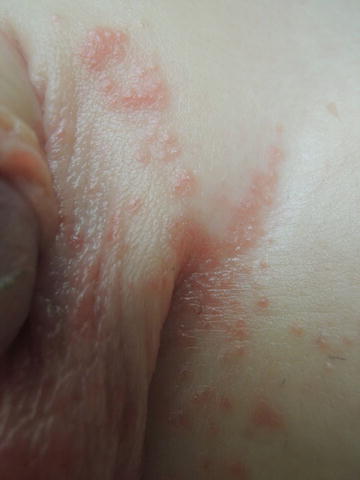
Diaper Dermatitis | Anesthesia Key

Foreskin problems

Penile Yeast Infection | epicuriousmorsels.com

3 Best Yeast Diaper Rash Home Remedies - Naturally Made Mom

10 month old boy...bumps/rash around penis. diaper rash or eczema maybe? Pics.. - Page 1 | BabyCenter

Adult Diaper Rash: Treatment, Prevention, and More

my son having diaper rashes like small bumps in his penis down and also in his potty area both side ....please suggest which lotion I have to apply – FirstCry Parenting

10 month old boy...bumps/rash around penis. diaper rash or eczema maybe? Pics.. - Page 1 | BabyCenter

Here's all you need to know about diaper rash (plus home remedies to soothe it) | theIndusParent
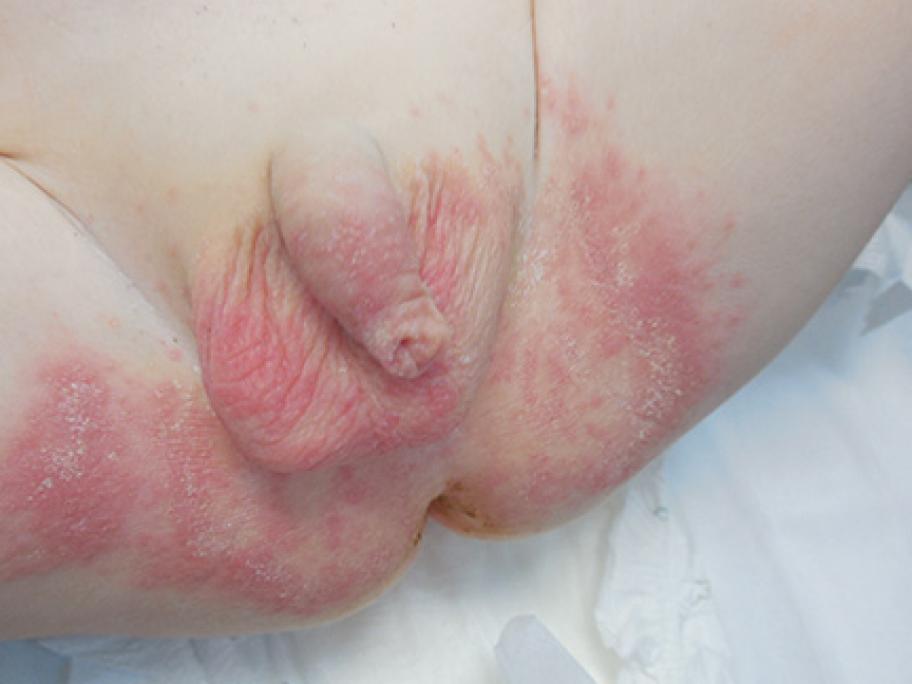
A rash of conditions under the nappy | Australian Doctor Group
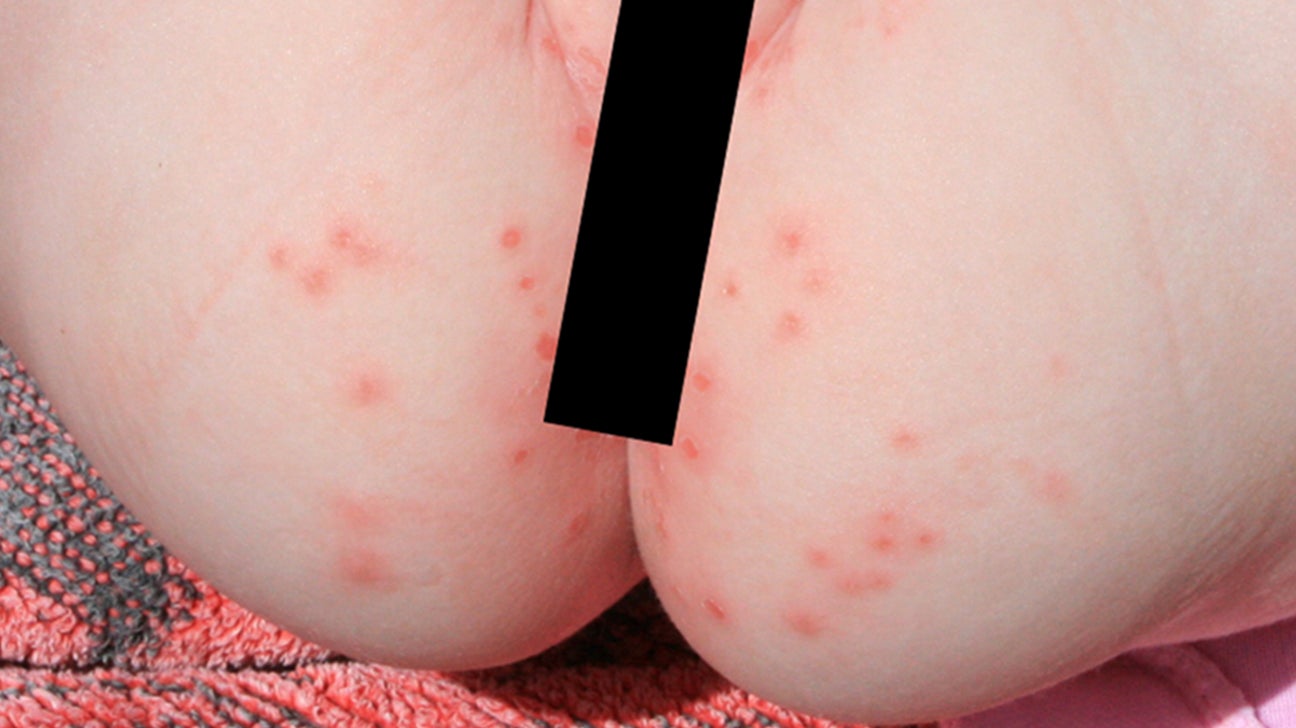
Different Types of Diaper Rash: Pictures, Causes, and Treatment

NAPPY RASH | Southstar Drug

How should I care for my baby boy's genitals? - BabyCentre UK
Clinical presentation and treatment of diaper dermatitis: part II
Principles of Pediatric Dermatology - Chapter20 : DIAPER DERMATITIS (Napkin dermatitis)
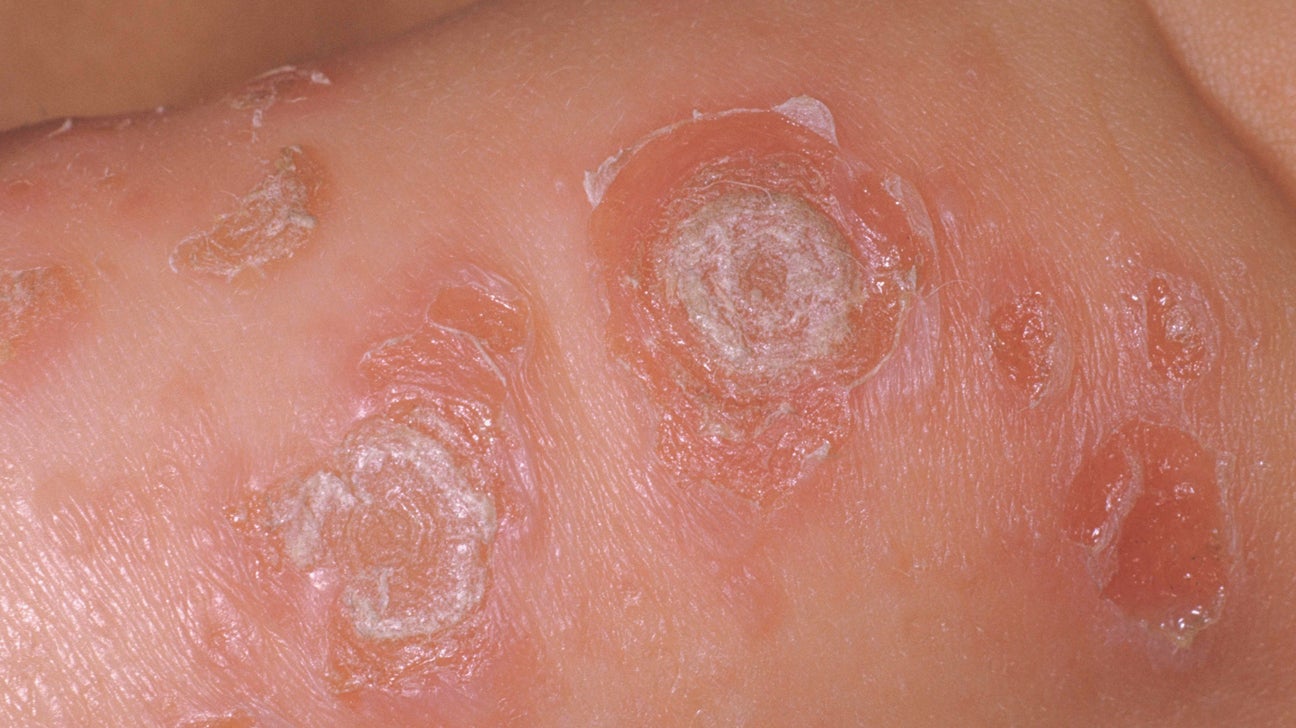
Different Types of Diaper Rash: Pictures, Causes, and Treatment
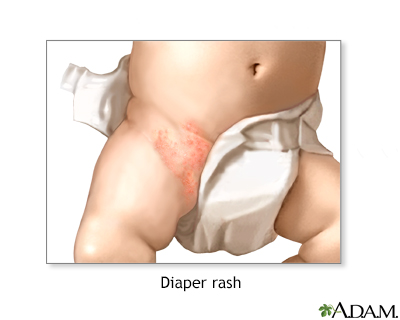
Diaper rash Information | Mount Sinai - New York
Differential Diagnosis of Diaper Dermatitis

What Are the Symptoms of Diaper Rash (Irritant Diaper Dermatitis)?
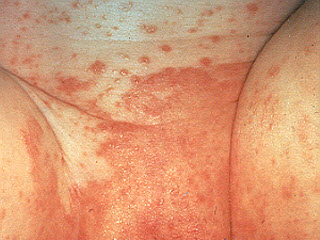
Diaper Rash In Newborns | Children's Hospital Colorado

Sir my five months old baby has white substance under his penis foreskin what to do – FirstCry Parenting
Clinical presentation and treatment of diaper dermatitis: part II

Quick Tip - Redness On Your Baby's Boy Parts? Think Chafing, Not Rash! - Padded Tush Stats

Diaper Rash Treatments, Causes & Symptoms - Dr. Axe

my 6 month old baby is suffering with scrotum itching and redness,my peadiatrician suggest diaper rash cream,but it not working its been 2wk, plese suggest any other solution – FirstCry Parenting

How To Treat A Male Yeast Infection | katarinajaneckova.com

Penile Yeast Infection | epicuriousmorsels.com

What Does a Yeast Diaper Rash Look Like? Causes, Infection, Treatment, Pictures
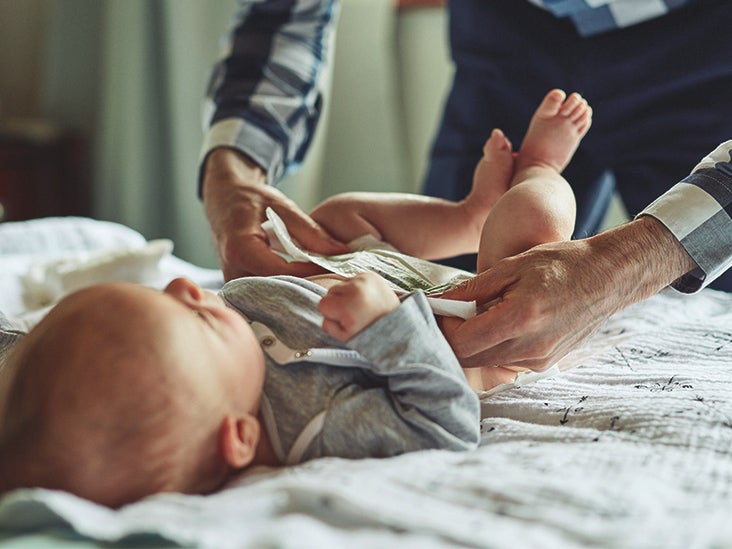
Different Types of Diaper Rash: Pictures, Causes, and Treatment

ICD 10 Code for Diaper Rash on Penis and Vagina, Symptoms and Treatment

Buried Penis Syndrome In Baby Boys: What You Need To Know | theAsianparent

A Review of Diaper Dermatitis: Clinical Features, Diagnosis, and Management | Consultant360
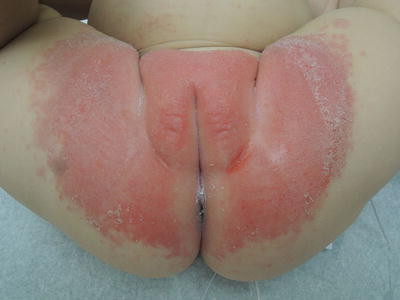
Diaper Dermatitis | Anesthesia Key
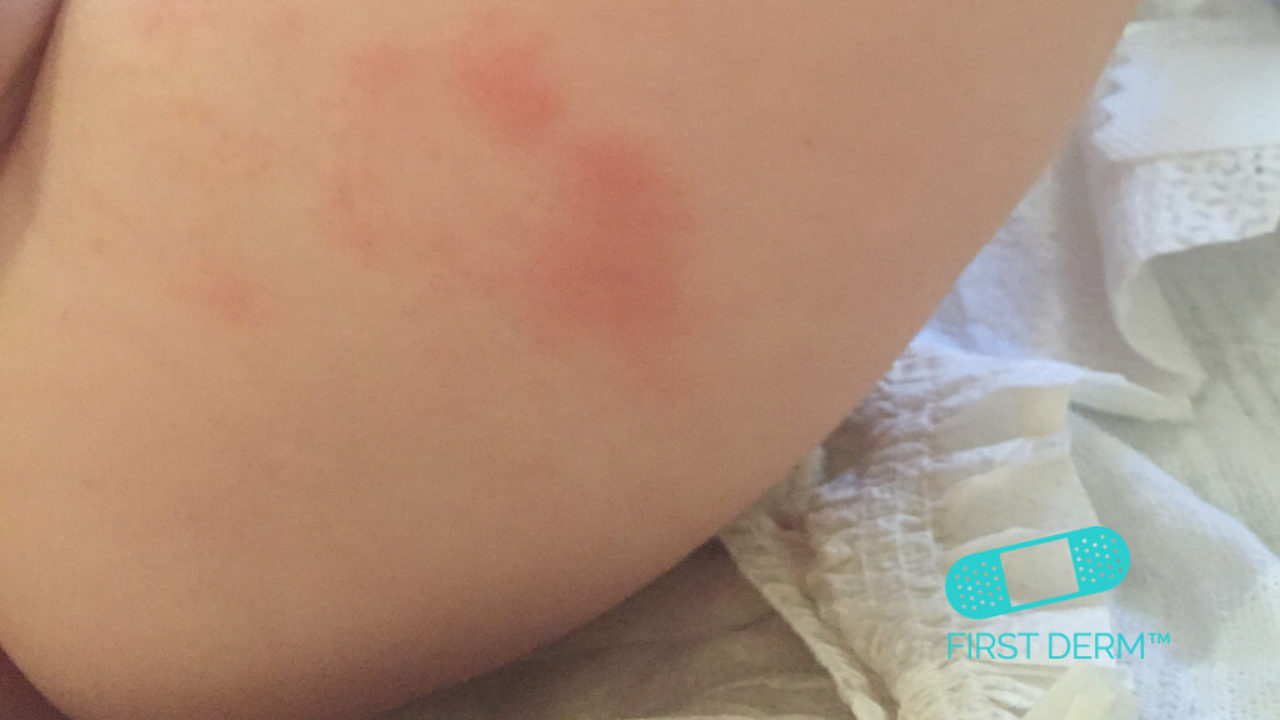
Diaper rash (Diaper Dermatitis) - Online Dermatology

Common Penis Problems In Little Boys And How To Treat Them | BabyYumYum

peaceful parenting: Basic Care of the Intact Child
Posting Komentar untuk "diaper rash on penis"